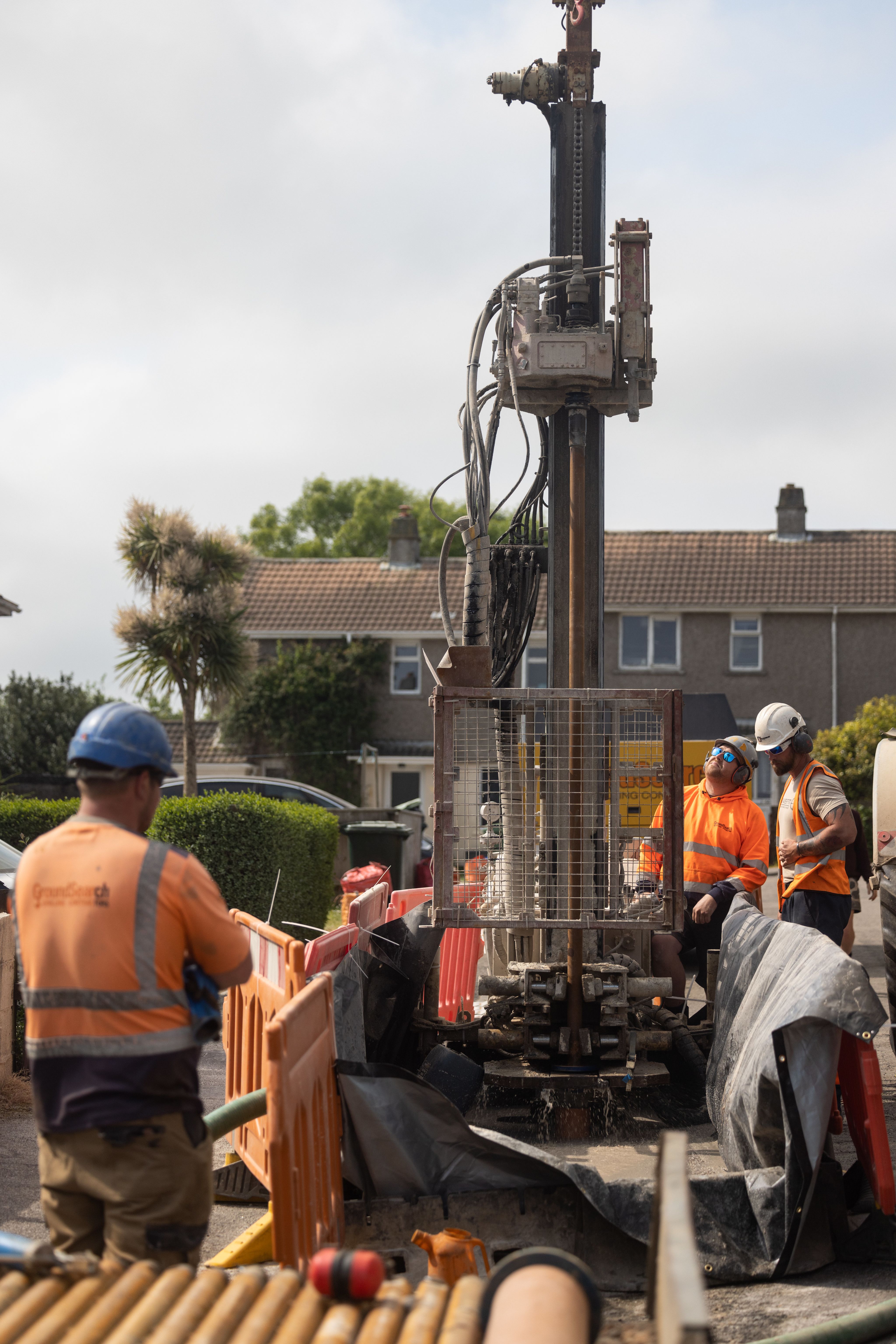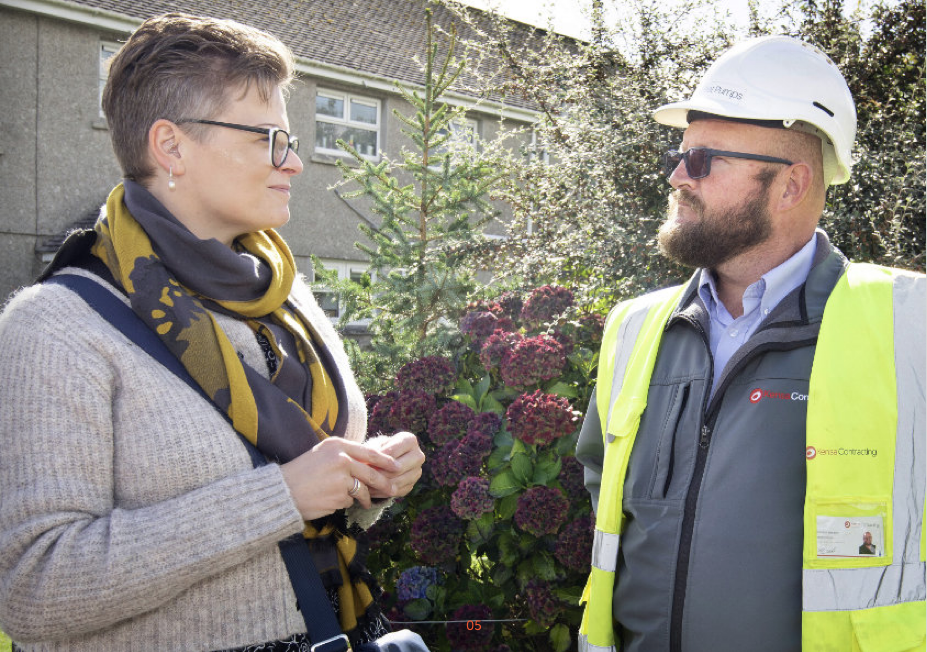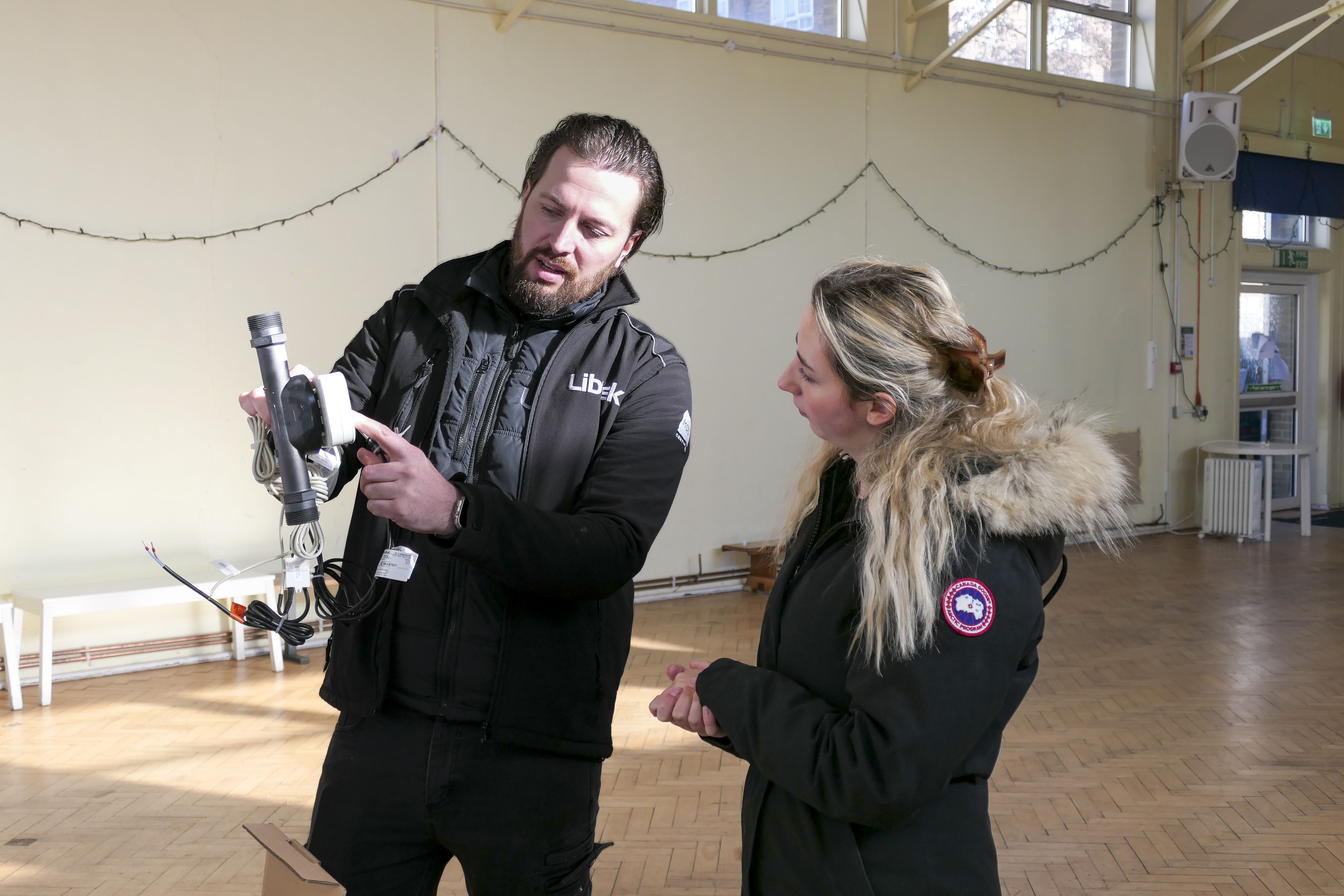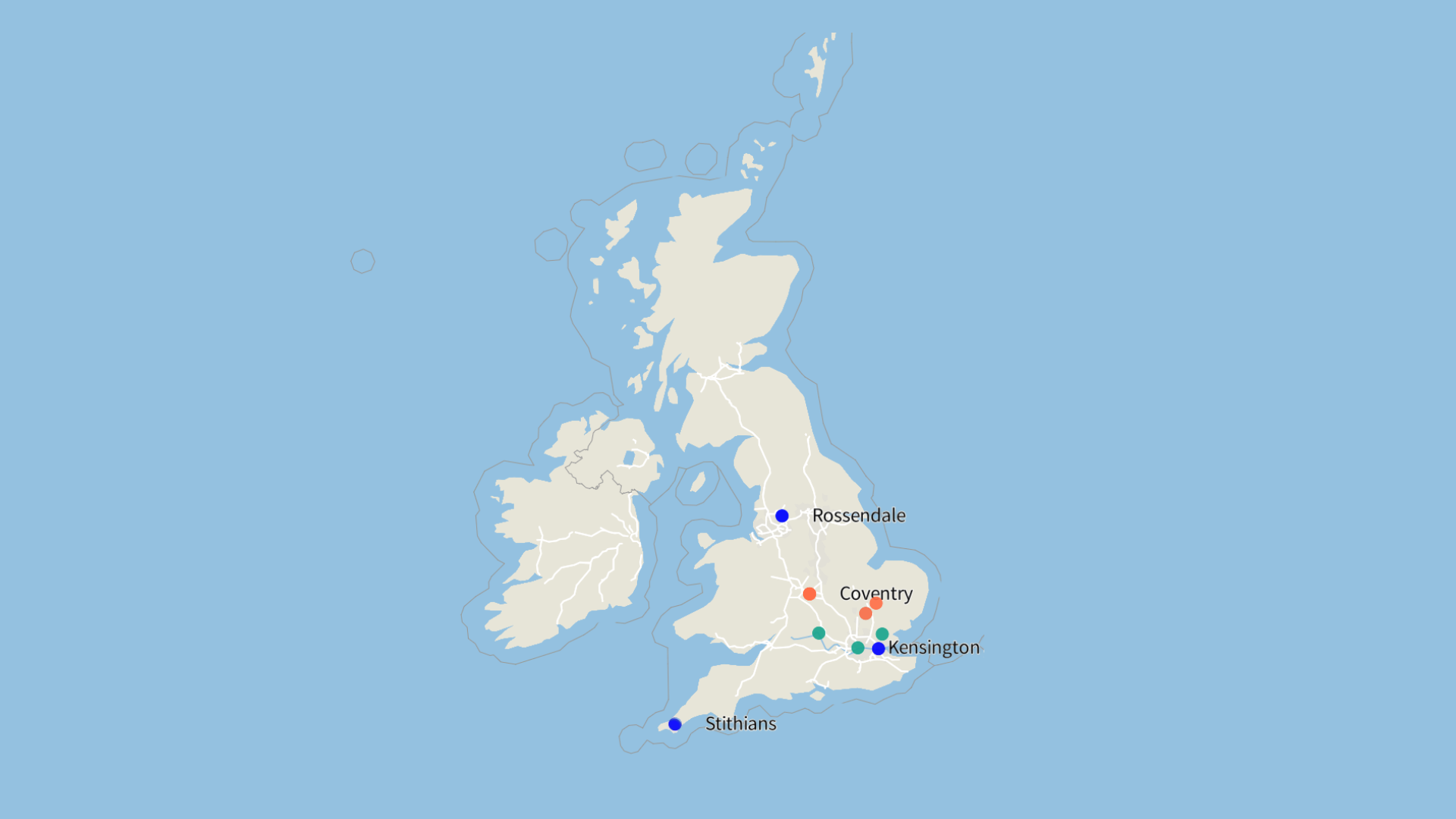Kensa’s Heat the Streets

Heat the Streets saw the world’s first in-road retrofit of a shared ground loop installed via a utility model.
Each home had its own ground source heat pump (GSHP) connected to a series of boreholes, offering residents full control over their heating with independent bills, and the flexibility to switch energy suppliers – much like a gas boiler. Through Heat the Streets, Kensa has demonstrated the viability of shared ground loops as a utility-style infrastructure, providing an alternative to the gas grid.
Key objectives and/or aims
Kensa’s Heat the Streets project aimed to demonstrate a pathway for heat decarbonisation in the UK through reducing the upfront cost of GSHPs. By installing the ground array with no upfront cost, households in return were asked to pay a fixed monthly standing charge. This was aligned with Kensa’s dual objective to improve access to low-carbon heating and to unlock private investment in the technology.
|
Dates |
June 2021 until June 2023 |
|---|---|
|
Location |
Stithians, Cornwall, England |
|
Organisations involved |
Kensa, Stithians Parish Council, and Coastline Housing |
|
Specific technology |
Networked ground source heat pump |
|
Scale |
Multiple neighbourhoods |
|
Property type |
Semi-detached homes; terraced homes |
|
Rural/urban classification |
Rural |
|
Tenancy mix |
Mixed tenure |
|
Project resources |
Website - Heat the Streets Report - Heat the Streets: 21st-century version of the gas network |
Summary
Partly funded through £3.4 million from the European Regional Development Fund, Heat the Streets replaced oil boilers, direct electric heaters, air source heat pumps and even coal boilers across 98 homes in Stithians, Porthleven, Padstow, Harlyn Bay and Carolyn Bay with GSHPs on a shared ground loop, with a further 22 homes enabled for future connections.
This was the world’s very first in-road retrofit of shared ground loops, trialling a heat-as–a-service business model across new build, social and private retrofit sectors. Kensa installed the ground array as a utility asset in the public highway while new-build developers and social landlords contributed to the costs of the heat pump, removing the upfront cost for private households.
Homes receiving a GSHP paid just £25 per month via a standing charge, making heat pumps accessible to all sections of the market. Each home was fitted with its own GSHP connected to a series of boreholes under the public highway, offering residents full control over their heating with independent bills and the flexibility to switch energy suppliers – much like a gas boiler.
Due to this being a world-first approach, Kensa conducted high levels of community engagement, which included launching a website, social media updates, a series of leaflets and information sessions in Stithians Centre.
Through Heat the Streets, Kensa has demonstrated the viability of networked heat pumps as an alternative to the gas grid. This project alone will save 3,382 tons of carbon over its lifetime and deliver average bill savings for residents of £628 per year.




How it works
Tenancy mix (%)
– 40% social housing
– 25% private
– 35% new build
Participation/response rate as percentage of targeted households
There was significant interest in Heat the Streets, so much so all funding was allocated and the scheme was oversubscribed five times.
Engagement method
Heat the Streets required high levels of engagement with the local community. Kensa started with a digital approach, launching their website and social media engagement (which shared details about the project) in June 2021, and also embarked on a thorough in-person engagement strategy.
Leaflets were distributed to residents’ homes by Kensa’s resident liaison officer and director of business development between July 2021 and July 2023 – setting out the details of the project, recruiting households to take part and providing updates on their progress.
Kensa also hosted in-person and online information sessions in the Stithians Centre from June 2022 to July 2023, and offered appointments in residents' homes with Kensa’s resident liaison officer. During the information sessions, residents could ask questions, see the heat pumps for themselves and learn more about what the project meant for them.
Following the initial announcement of the project through to its official launch, there was a high level of interest from residents. By the time spades hit the ground, the project was over-subscribed five times over.
Benefits of this approach
This heat-as-a-service approach removes the upfront cost for residents through a standing charge, making heat pumps more accessible to a greater number of people. This technology can significantly help to alleviate fuel poverty at scale and substantially reduce carbon emissions.
Heat the Streets enables the most efficient form of heating, ground source heat pumps, to be set up in individual homes in a street or area, with each connected to a shared (or individual) ground loop. Additionally, households are able to retain independence over their bills and energy use, demonstrating how the technology can provide similar outcomes to traditional heating methods such as gas boilers.
As a world-first approach, this project has demonstrated the viability of installing a shared ground loop on the public road in exactly the same way as other utilities, such as gas, electricity, water and broadband, are installed today.
Get involved
Join us in sharing your projects to provide inspiration, learnings or resources to reduce barriers for areas moving towards a more coordinated approach to low-carbon heat.
Other case studies
Kensa's Essex retrofit: upgrading social tower blocks with networked ground source heat pumps
Replacing old, inefficient night storage heaters with networked ground source heat pumps reduced heating and hot water bills by up to 66%
Clean heat neighbourhoods: case studies
A collection of area-based approaches to provide inspiration, learnings and resources to deliver clean heat schemes


